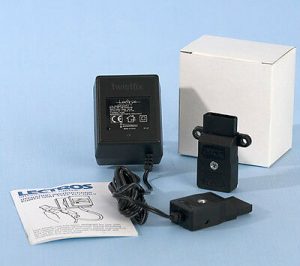Damp readings on building survey
Property Care Association Members at it again!!

Damp readings on building survey – over 100 year old property with solid walls
We received a phone call from a client who was after some advice about a damp problem in a property she was about to buy. She had a homebuyers survey carried out which picked up high damp readings to the ground floor walls. The homebuyers surveyor then recommended getting a building survey done. After having a building survey done which cost the client quite a lot of money, the building surveyor then recommended instructing a damp proof treatment contractor to assess the ground floor walls for dampness.
The client told us that she’s had three different damp proofing companies carry out damp surveys. All three companies who are all members of the property care association (PCA) recommended installing a new chemical damp proof course. Our client was happy with that but she was a bit confused about why all three companies damp quotes were completely different. One company recommended just installing the damp proof course (£1200). One company recommended installing the damp proof course and also sealing the brickwork to the external walls (£1900). The last quote was for installing the damp proof course, removal of wall plaster and re-plastering to a height of 1.5 m (£8000).
After spending about half an hour on the phone with our client talking through all the possible damp issues and what could possibly be causing the problem and what needs to be done, she then booked us in to carry out a full damp survey for her. Our surveyor met the client at the empty property and began his inspection. One of the first things all our surveyors do is rule out anything that can give a false reading. The first thing that you’ll need to do when entering an empty property is find out if the property has one of these silly electro osmosis damp proof course systems installed. An electro osmosis system will give false readings on any wall it is installed on. You can determine if the property has an electro osmosis system installed by locating the fuse box and you will normally find a plug with a small light on it.
In this particular property the fuse box was just above the entrance door. Our surveyor located the fuse box and to the right hand side of it he found a plug with a light on it (green). Our surveyor isolated this plug by flicking the switch as he knows by the name on it that it’s an electro osmosis system.
Our surveyor then proceeded with the survey. On completion of the survey our surveyor found no high damp readings to any wall in the property other than a small area to one of the downstairs chimney breasts (salt damp). Our surveyor then carried out a small little test for the client. He flicked the electro osmosis system back on by the fuse box. He then started getting high readings across all the internal and external walls in the property. He then flicked it back off and all the readings went back to dry.
Our surveyor also noted that the property has had a chemical damp proof course installed, this also was a waste of money as our surveyor found the original slate damp proof course to the exterior of the property. Our client couldn’t believe her eyes when we carried out this survey and was very shocked and also relieved that she didn’t just go with what the contractor said.
This survey that cost our client £290 saved her well over a thousand pound of unnecessary damp proof course treatment. So if you had a homebuyers survey or a building survey carried out. The first thing you need to ask them is did they check if the property has an electro-osmosis system in place.
Check out our damp proof course myth page – click here
